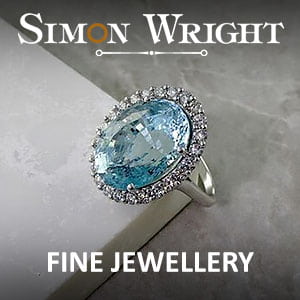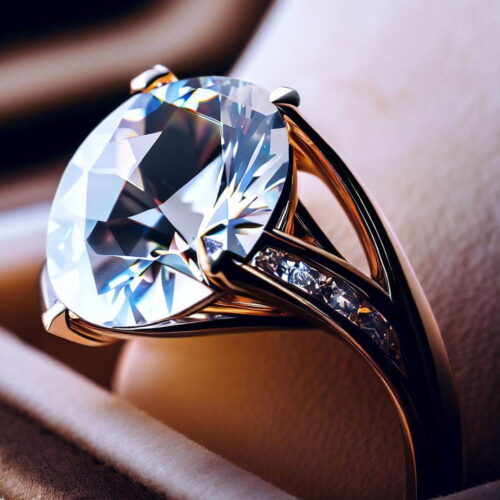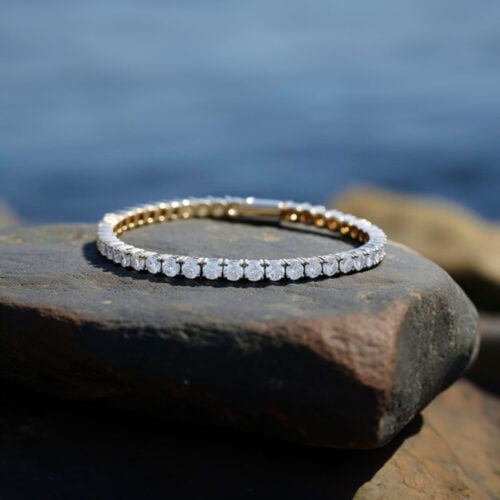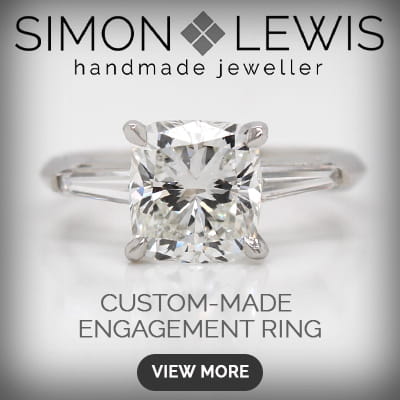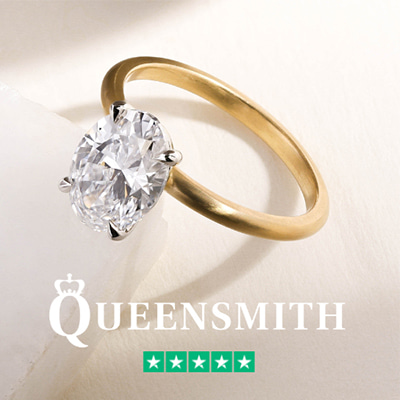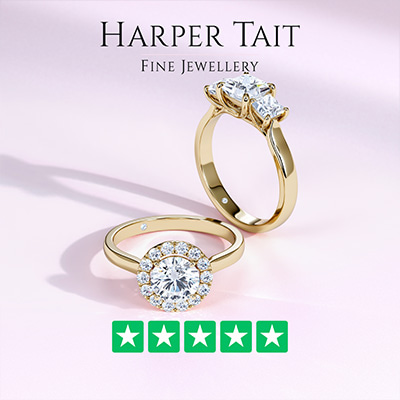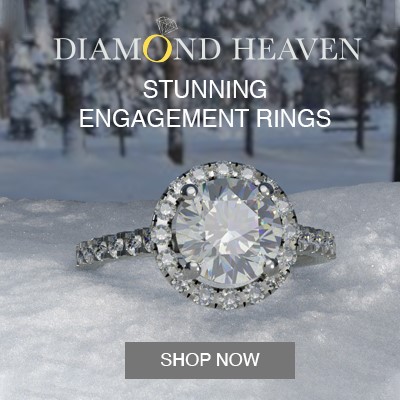The clarity of diamonds refers to the existence of inclusions in a diamond. Almost all diamonds contain minuscule traces of non-crystallised carbon, the element from which diamonds are formed initially. These traces are called inclusions, making every diamond quite unique. Unfortunately, most inclusions require magnification before they become apparent, as they are not usually detectable to the naked eye.
Inclusions can appear as scratches, imperfections, discolouration, crystals or other tiny characteristics detracting from the pure beauty of the diamond. The most desired diamonds are entirely flawless and extremely rare. There are very few flawless diamonds found in nature, and these diamonds are much more valuable.
A point to remember is that besides internal inclusions, there can be faults on the surface of the diamond too, referred to as blemishes.
Jewellers use a magnifying tool called a loupe to view inclusions. This tool allows jewellers to see a diamond at 10x its actual size, allowing the inclusions to be analysed more accurately.
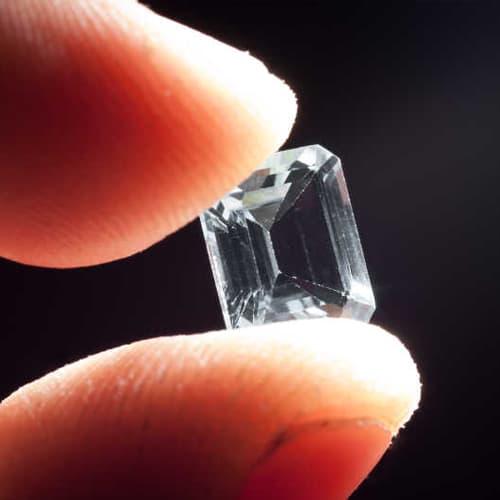

Here are some points to consider:
- A mounting can hide some inclusions and blemishes, improving the diamond’s appearance and clarity.
- If there is an inclusion near to the top or the middle of a diamond, the dispersion of light could be affected, causing the diamond to appear less radiant.
- Large inclusions also interfere with the dispersion of light and are difficult to hide.
The clarity scale of perfection on which inclusions are graded (established by the Gemological Institute of America, or GIA) ranges from FL (Flawless) to I (Included) and is based on viewing irregularities at a magnification of 10x.
A laboratory-certified clarity rating of SI2 represents the point at which inclusions are technically not apparent to the average naked eye. The grades (which can be followed by the numbers 1-3 respectively to determine the degree of the inclusions) are as follows:
Diamond Grades
FL: Flawless – has no internal or external flaws and is very rare and beautiful.
IF: Internally flawless – has no internal flaws and is also rare and beautiful.
VVS: Very, very slightly included – inclusions of this grade are difficult to locate under 10x magnification. An excellent quality diamond.
VS: Very slightly included – inclusions are not visible to the naked eye. Much less expensive than the VVS grades.
SI: Slightly included – inclusions will be easily visible with magnification but not with the unaided eye. A good value in a clarity grade.
I: Included – Inclusions are visible to the naked eye.
It is recommended that you select a diamond that has no inclusions visible to the naked eye (sometimes referred to as an “eye-clean” diamond) – like VS1 and VS2 grade. These grades cost much less than flawless diamonds and do not have visible inclusions that detract from the diamond’s natural beauty.
Bear in mind that a diamond of a high clarity grade does not necessarily mean it is more beautiful than that of a lower grade. While a lower graded diamond may have inclusions visible under magnification, the naked eye cannot see them. The real difference lies with the rarity and value, rather than immediate appearance. A higher clarity is more desirable and valuable, but knowing that you have selected the right clarity for the right reasons is most important




